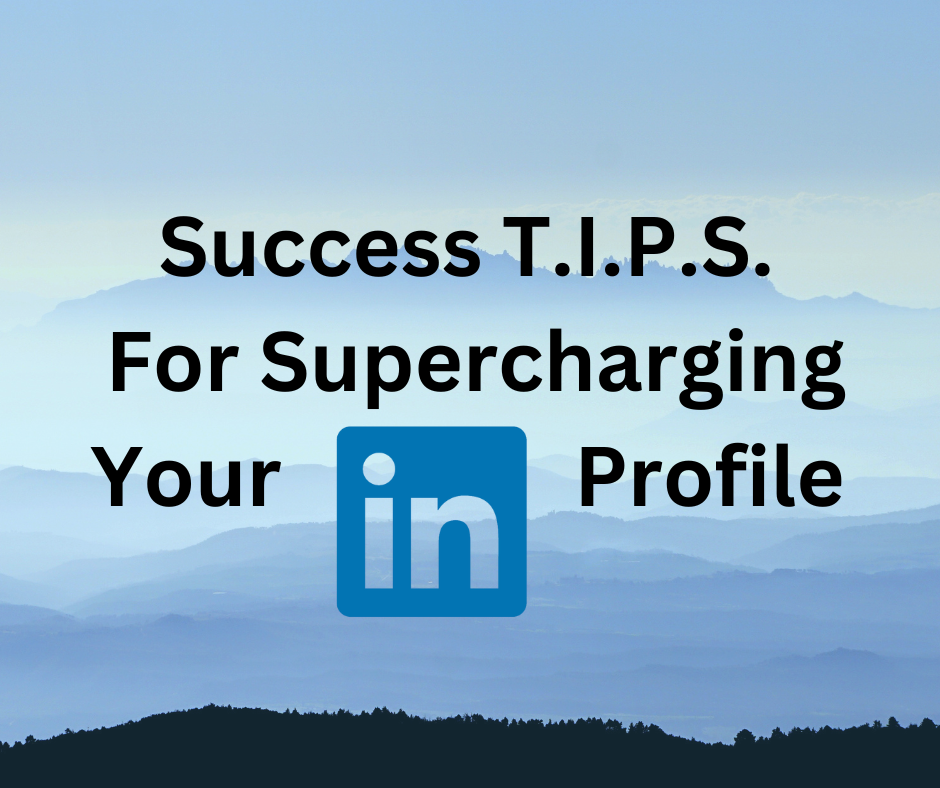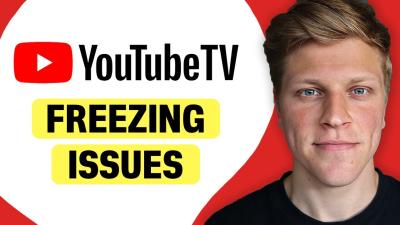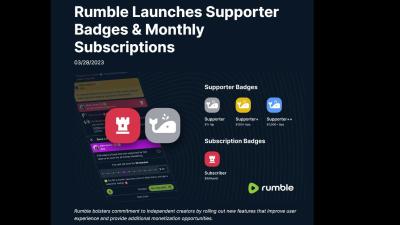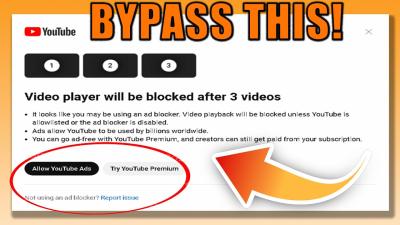Welcome to the world of LinkedIn! This platform is not just a digital resume; it’s a dynamic networking tool that connects you with professionals from all walks of life. One of the most pivotal elements of your LinkedIn profile is your introduction, often referred to as the 'About' section. This is your chance to showcase who you are, your experience, and what makes you unique in a concise and engaging way.
Your LinkedIn introduction is like your elevator pitch, but for the digital landscape. It’s essentially a brief overview that gives visitors insight into your professional journey, skills, and aspirations. The goal here is to create a compelling narrative that resonates with potential connections, recruiters, or even clients.
When crafting your introduction, think of it as a conversation starter. You want to open the door for opportunities and discussions, so it’s crucial to make it both informative and appealing. Keep in mind that this section is often one of the first things others see when they visit your profile. A well-structured and engaging introduction can make all the difference in attracting the right audience to your profile.
Understanding the Importance of Your LinkedIn Introduction

Your LinkedIn introduction isn’t just a nice-to-have; it’s a fundamental part of your online professional brand. Here's why it matters:
- First Impressions Matter: People often form opinions within seconds. A quality introduction can captivate your audience right away, encouraging them to explore your profile further.
- Showcase Your Professional Identity: This is your chance to highlight your skills, interests, and achievements. It tells your story and sets the tone for your professional identity.
- Enhance Searchability: Including relevant keywords can improve your visibility in searches, making it easier for recruiters and connections to find you.
- Connect across Industries: A well-crafted introduction can help bridge the gap between different fields, showcasing transferrable skills that appeal to a broader range of professionals.
- Invite Engagement: An interesting and approachable tone invites readers to reach out, whether it's for a job opportunity, collaboration, or simply to connect.
In today’s digital-first world, your LinkedIn introduction serves as crucial social proof. It can significantly influence potential employers and partners, giving them a glimpse into your professional persona. So, taking the time to craft an impactful introduction is not just recommended; it's essential for your career growth. Let’s dive deeper into how you can create one that truly reflects your professional journey!
Also Read This: Convert Image to JPG in Android
Key Components of an Effective LinkedIn Introduction
Your LinkedIn introduction is like a first impression in the professional world; it's your opportunity to captivate your audience in just a few sentences. To craft an introduction that stands out, consider these essential components:
- Your Professional Brand: Clearly define who you are and what you do. Highlight your expertise and areas of specialization to ensure that viewers immediately grasp your professional identity.
- Value Proposition: What sets you apart? Identify your unique skills and contributions. Why should someone connect with you? Be specific about the value you bring to potential connections or employers.
- Authenticity: Be genuine! Share a bit about yourself that reflects your personality. This could be a personal tidbit, a passion outside of work, or a motivating factor in your career.
- Professional Goals: Are you looking for job opportunities, networking, or collaboration? Clearly stating your goals can help others understand how they might engage with you.
- Call to Action (CTA): Conclude with a simple CTA. This could be as straightforward as "Let’s connect!" or "Feel free to reach out to discuss opportunities!" It encourages engagement and indicates you're open to conversations.
Combining these components will not only make your introduction impactful, but also relatable and intriguing to your audience. Remember, it’s all about showcasing your best self in just a few compelling lines!
Also Read This: How Imago Images Is Revolutionizing Stock Photography
Step 1: Identify Your Target Audience
Before you dive into crafting your LinkedIn introduction, it’s crucial to know who you’re talking to. Identifying your target audience will help shape your messaging and ensure it resonates with the right people. Here’s how to pinpoint that audience:
- Define Your Goals: Are you looking to network with industry professionals, job hunting, or maybe seeking mentorship? Your audience will differ based on your goals.
- Research Your Field: Look into who is active in your professional domain. LinkedIn has groups and discussions where industry peers gather. Engaging with these can help refine your audience.
- Consider Job Roles: Think about the specific professionals you'd like to connect with. Are they recruiters, potential collaborators, or clients? Knowing this can guide the tone and content of your introduction.
- Demographics: Consider the demographics of your target audience, including their experience levels, locations, and professional interests. Tailoring your introduction accordingly can make it more effective.
- Engagement Styles: Different audiences prefer different styles of communication. Some might appreciate a formal tone, while others may respond better to a casual and conversational tone. Know your audience’s preferences.
By consciously identifying your target audience, you’re not just throwing words into the void; you’re creating a focused message that speaks directly to the people you want to connect with. Take the time to get this right, and you’ll see the difference it makes!
Also Read This: how to wrap text around an image in google slides
Step 2: Define Your Professional Brand
Defining your professional brand is crucial when crafting an impactful LinkedIn introduction. This is where you get to showcase who you are, what you stand for, and what makes you unique. Think of it as your personal marketing strategy, but without the hard sell. Here’s how to do it:
- Identify Your Strengths: Start by listing out your key skills and experiences. Ask yourself what you're passionate about and what you excel at. These will be the cornerstone of your brand.
- Understand Your Audience: Who are you trying to connect with on LinkedIn? Are they potential employers, clients, or industry peers? Tailor your brand to resonate with them.
- Showcase Your Values: What principles guide your work? Highlighting your values will not only help you stand out but also attract like-minded individuals.
- Consider Your Unique Selling Proposition (USP): What makes you different from others in your field? Think about what special experiences or insights you bring to the table.
Once you have a clear picture of your brand, weave it into your LinkedIn introduction. Use natural language and keep it authentic. The more genuine you are, the more connections you’ll foster.
Also Read This: How to Save High-Resolution Images from PowerPoint for Better Quality
Step 3: Write a Compelling Opening Sentence
Your opening sentence is the gateway to your LinkedIn introduction and can make or break the reader's interest. It should be compelling enough to grab attention while showcasing your professional brand. Here are some tips to craft that perfect opener:
- Start with a Strong Statement: Consider opening with a powerful quote, statistic, or personal achievement that reflects your brand. It sets the tone right away.
- Pose a Thought-Provoking Question: Engage your audience with a question that relates to your field. It invites them to think and encourages them to keep reading.
- Use a Brief Anecdote: Sharing a quick personal story can create a connection. It humanizes your professional journey and makes you relatable.
- Highlight Your Passion: Don’t shy away from expressing what you love about your profession! Passion is contagious and can turn a plain intro into something memorable.
To wrap it up, whatever you choose as your opening line, ensure it reflects your unique voice and professional brand. This opening sentence will draw your audience in and set the stage for the rest of your introduction.
Also Read This: Checking Image Resolution for High-Quality Results
Step 4: Highlight Your Key Achievements
Alright, let’s dive into the juicy part—highlighting your key achievements! Your LinkedIn introduction is not just a place to show off your job title; it’s all about showcasing what you’ve really accomplished in your career. This is your moment to shine!
Start by thinking of the standout moments in your professional journey. Here are some ideas to help you brainstorm:
- Quantifiable Success: Did you boost sales by a certain percentage? Save costs? Be specific!
- Awards and Recognitions: Have you received any accolades or certifications that are worth mentioning?
- Key Projects: Were you part of a successful project that made a real impact? Explain your role.
- Leadership Roles: Did you lead a team or initiative? What was the outcome?
When you weave these achievements into your introduction, use *action verbs* to keep the tone dynamic. Instead of saying “Responsible for increasing sales,” you might say, “Championed a new sales strategy that boosted revenue by 30% in just one year.”
Remember to be concise but impactful. You want your reader—and potential connections—to get a clear picture of what you can offer. The goal is to make your achievements resonate, leaving a lasting impression. This part isn't just a bullet list; it's a narrative that tells your professional story!
Also Read This: Hiding Featured Images in WordPress Posts
Step 5: Include Relevant Keywords
Now that you’ve captured your achievements, let’s turn the spotlight onto keywords. What’s the buzz about keywords, you ask? Well, incorporating relevant keywords into your LinkedIn introduction can massively improve your visibility on the platform!
First things first, what are keywords? These are the terms and phrases people are likely to search for when looking for professionals in your field. Think of them as the breadcrumbs that lead potential employers or collaborators to your profile.
Here’s how to effectively identify and integrate those keywords:
- Research Your Industry: Check job postings and profiles of individuals you admire in your field. What terms do they frequently use?
- Skills and Specializations: Aim to include both hard and soft skills. For example, if you’re in marketing, mention keywords like "content strategy," "SEO," or "data analysis."
- Be Natural: While it's tempting to stuff your introduction with keywords, make sure they flow naturally. Your introduction should still sound like a conversation.
- Variety is Key: Use different variations of the keywords to broaden your reach. For instance, using both “digital marketing” and “online marketing” can help capture different searches.
By thoughtfully sprinkling these keywords throughout your introduction, you’re not only improving your chances of being found but also positioning yourself as a credible candidate in your field. Now that’s a smart way to make your LinkedIn profile work for you!
Also Read This: How to Become a Contributor to Getty Images – A Comprehensive Guide for New Photographers
Step 6: Personalize Your Introduction
Now that you’ve gathered all the necessary details, it’s time to dive into one of the most crucial steps: personalization. A well-crafted LinkedIn introduction is like a friendly handshake that can make a lasting impression. It's your opportunity to express who you are and what makes you unique. Here's how to personalize your introduction effectively:
- Research Your Audience: Understand who will be reading your introduction. Is it potential employers, collaborators, or clients? Tailor your tone and focus to resonate with them.
- Show Genuine Interest: Reference something specific about the industry, company, or even the individual you're connecting with. This could be a recent project, an article they wrote, or a mutual connection.
- Highlight Common Ground: If you share professional experiences or have mutual connections, mention them! This builds instant rapport and trust.
- Use a Conversational Tone: Your introduction should feel like a chat with a friend rather than a formal presentation. So, don’t hesitate to infuse your personality into the writing.
- Be Authentic: Authenticity is key. Avoid using jargon or buzzwords that don’t reflect your true self. Speak from the heart!
Remember, a personalized introduction sets the stage for meaningful connections on LinkedIn. So take a moment to think about how you can weave in elements that truly represent you.
Also Read This: How to Create Great Facebook Ads with Shutterstock Images
Step 7: Edit and Revise for Clarity
Once you've crafted your personalized introduction, don’t hit 'send' just yet! Editing and revising are critical steps toward clarity and coherence. Think of this part as polishing a diamond—you want to make sure it shines. Here’s how to effectively edit and revise your introduction:
- Read Aloud: One of the best ways to catch awkward phrasing or run-on sentences is to read your introduction out loud. It helps ensure it flows smoothly.
- Check for Clarity: Ensure each sentence clearly conveys what you mean. Ask yourself if someone unfamiliar with your work would understand it.
- Eliminate Jargon: While some industry-specific terms are fine, overloading your introduction with jargon can alienate your audience. Keep it accessible!
- Seek Feedback: Don’t hesitate to ask a friend or colleague to review your introduction. A fresh pair of eyes can offer valuable insights.
- Edit for Brevity: Remember, less is often more. Aim to make each word count. Remove any filler words or repetitive phrases.
After you’ve made your revisions, take a step back and revisit your introduction. Does it convey your message clearly? Is it engaging and authentic? If yes, congratulations! You’re one step closer to creating an impactful LinkedIn introduction.
Step-by-Step Guide to Crafting an Impactful LinkedIn Introduction
Your LinkedIn introduction is your first chance to make a lasting impression on potential employers, connections, and clients. A well-crafted introduction can be the key to unlocking valuable networking opportunities and showcasing your professional persona.
Here’s a step-by-step guide to help you create an impactful LinkedIn introduction:
- Start with a Hook: Begin your introduction with a compelling statement or question that captures attention. This could be a bold claim, an intriguing fact about your industry, or a personal anecdote.
- Highlight Your Expertise: In 2-3 sentences, summarize your professional background. Discuss your current role, key skills, and areas of expertise. Use jargon where appropriate, but ensure clarity for all readers.
- Mention Your Achievements: Incorporate a few standout achievements. Use quantifiable metrics if possible, such as “increased sales by 30%” or “managed a team of 10.” This helps establish credibility.
- Identify Your Goals: Clearly state what you are looking to achieve on LinkedIn. Whether it’s expanding your network, seeking job opportunities, or connecting with industry leaders, this lets others understand how they can connect with you.
- End with a Call to Action: Conclude your introduction with an invitation for others to connect with you. A simple phrase like "Feel free to reach out!" encourages engagement.
| Element | Description |
|---|---|
| Hook | A captivating opener that draws in readers. |
| Expertise | Your professional background and skills. |
| Achievements | Highlighting key accomplishments. |
| Goals | What you hope to achieve on LinkedIn. |
| Call to Action | Encouraging connections. |
In conclusion, a standout LinkedIn introduction is a balance of professionalism and personal branding. Focus on making it memorable while clearly communicating your unique value proposition.
 admin
admin








